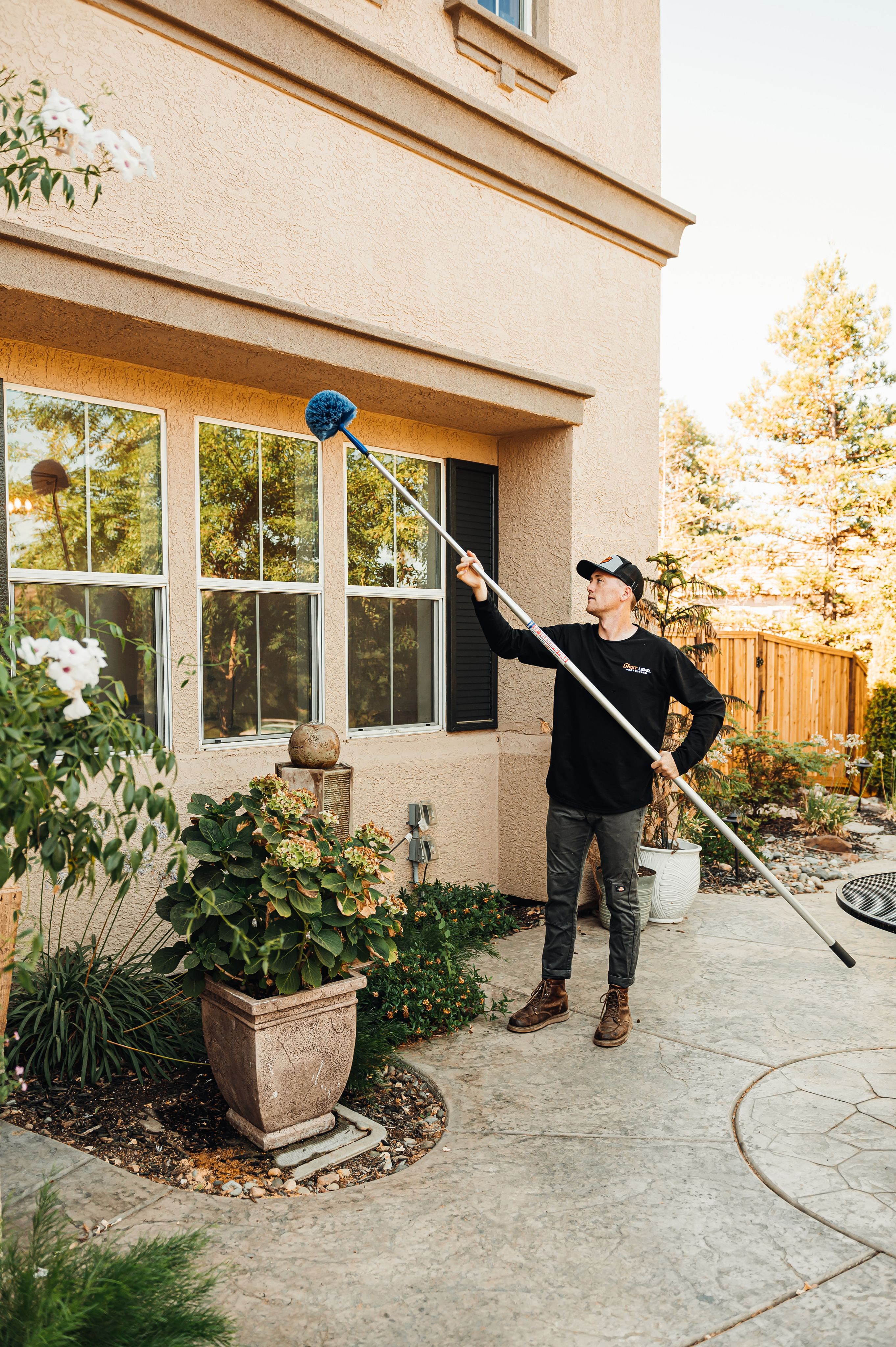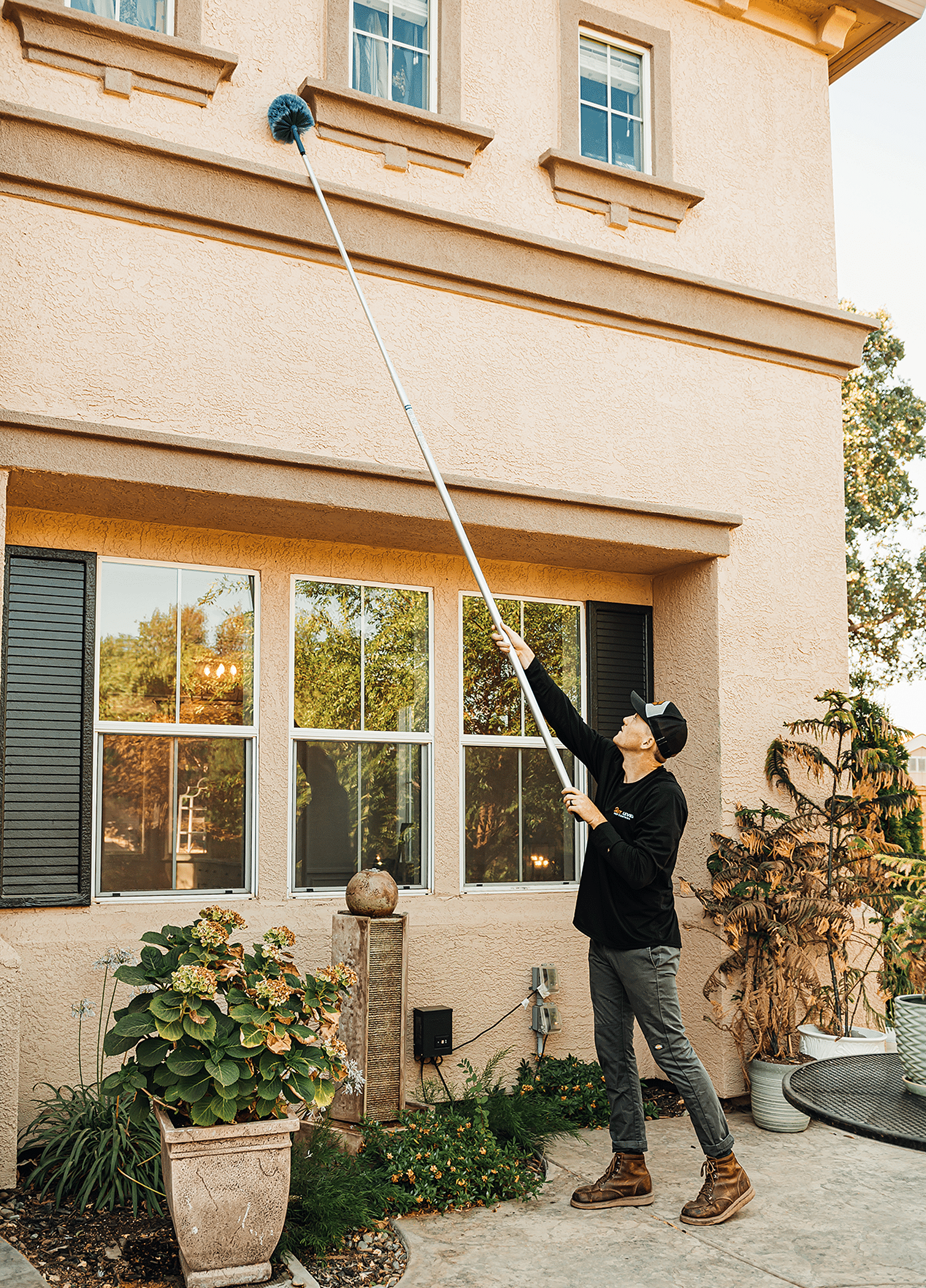Rodents that track along walls, pallet racking, and utility lines, exploiting door thresholds and torn weather seals
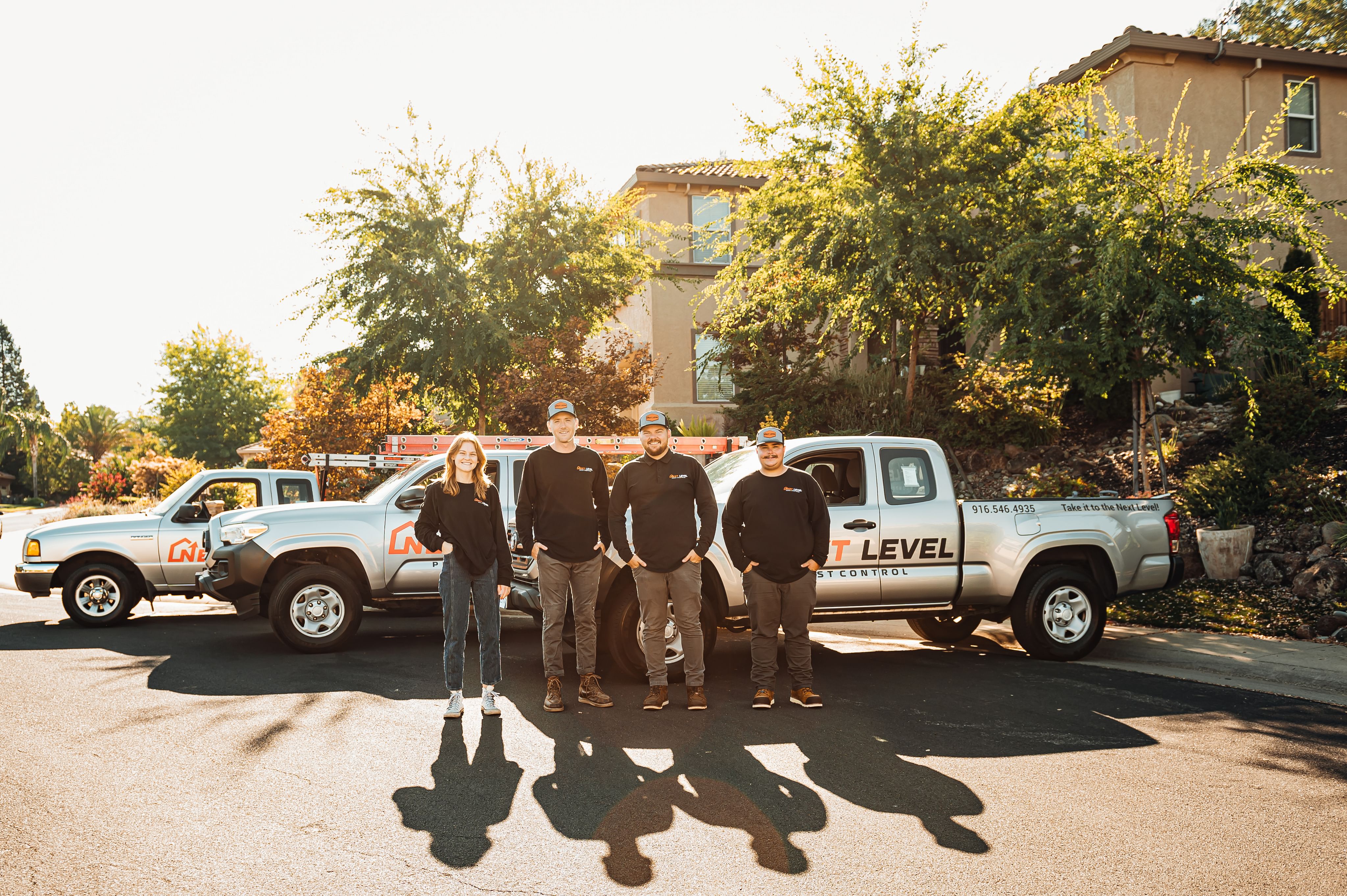
Warehouse Pest Control
A great guest experience starts long before check-in, since your reputation depends on what people do not (yet) see as much as what they do. Reliable hotel pest control services protect rooms, lobbies, food areas, and back-of-house spaces while keeping operations smooth for staff and silent for guests. Next Level Pest Control designs hospitality industry pest management that meets brand standards, supports third-party audits, and reduces costly downtime.
Why Restaurant Pest Control Matters
Why Warehouse Pest Control Matters
Product loss from insects or rodents creates hidden costs that travel through the entire supply chain. Contaminated packaging, chewed wiring, or droppings near pick paths can halt operations, trigger rework, and invite compliance issues. Preventive controls, supported by continuous monitoring, reduce emergencies while helping leadership demonstrate due diligence to customers and regulators.
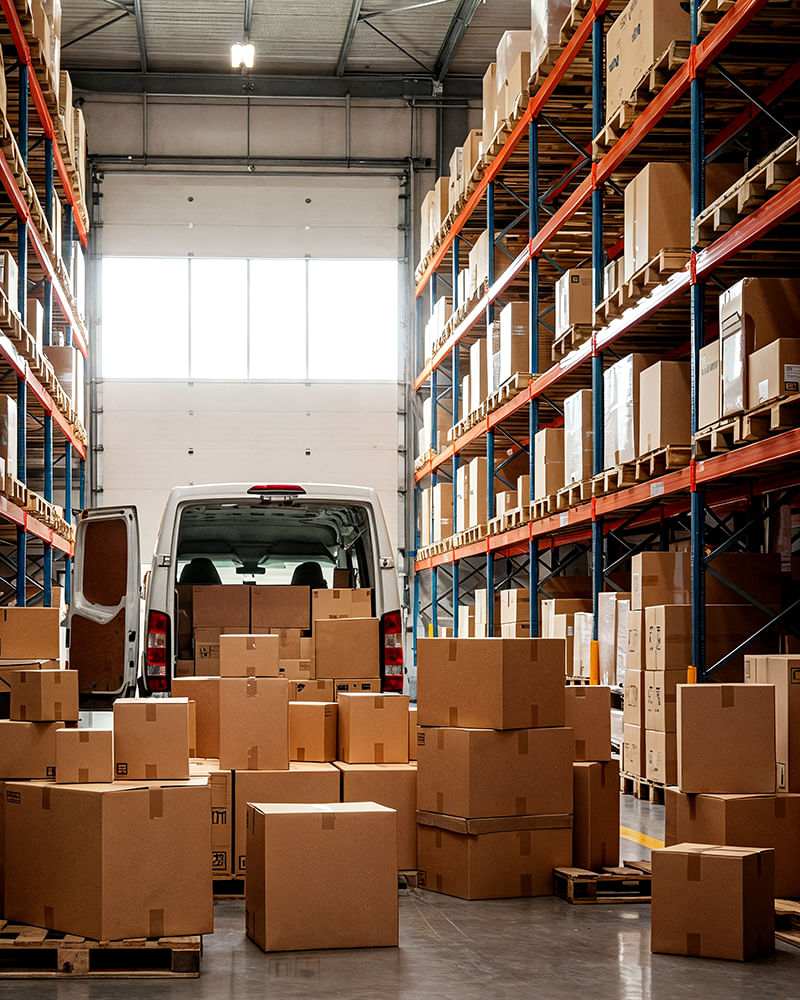
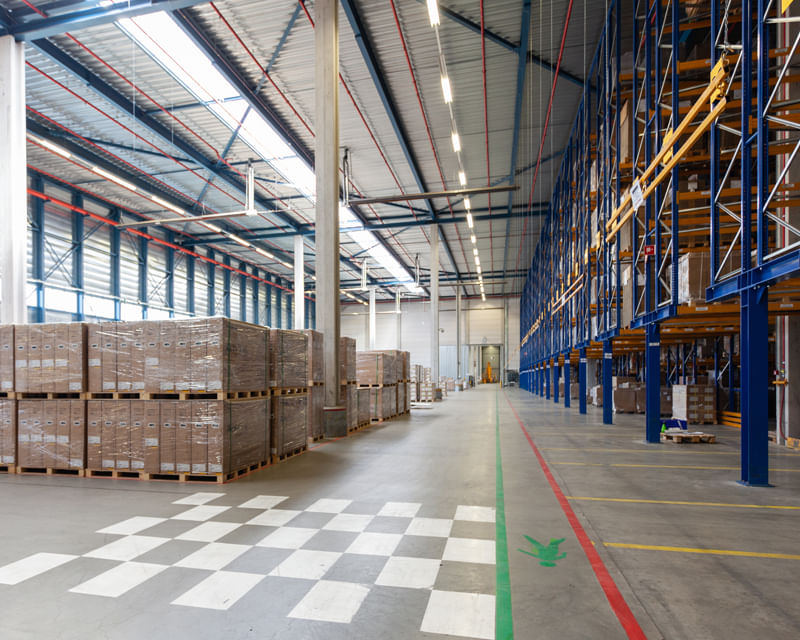
Industries We Serve
Distribution centers, fulfillment hubs, manufacturing warehouses, and food and beverage facilities each face different risks. High-velocity e-commerce buildings often struggle with frequent dock door cycling, while temperature-controlled sites worry about condensation that attracts pests. Facilities with long-term storage need vigilance around quiet corners where activity goes unnoticed. Programs from Next Level Pest Control adapt to these realities without slowing your workflow.


Stored-product insects that arrive in infested ingredients or packaging, then spread into racking bays and mezzanines

Flies and small gnats breeding in mop sinks, floor drains, trash compactors, and beverage spill zones near staging or break areas

Cockroaches hitchhiking in incoming pallets, vending machines, and break rooms, then dispersing through wall voids and electrical conduit chases

Birds slipping through open dock doors or clerestory vents, nesting on beams and signage, and contaminating aisles and pick faces with droppings
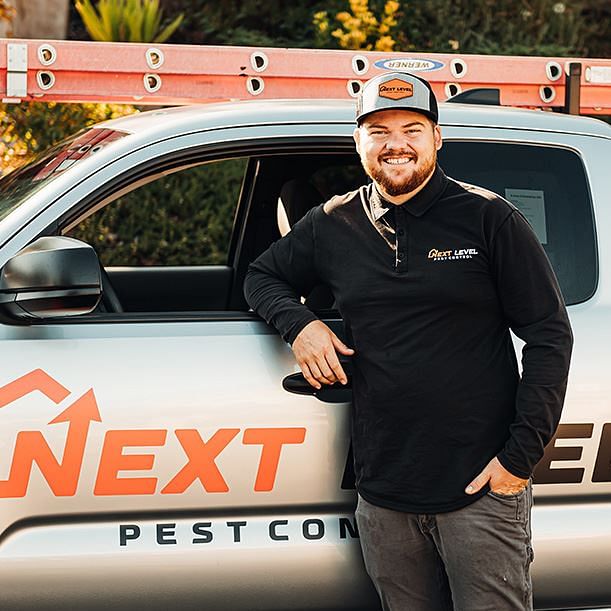
Our Integrated Warehouse Pest Management Program
Integrated pest management works because it combines smart exclusion, sanitation, targeted treatments, and data. Site assessments identify structural vulnerabilities such as gaps under man doors, dock leveler voids, conduit penetrations, and damaged brush seals. Sanitation mapping then aligns cleaning cycles with pressure points, while device layouts create a protective ring around receiving, staging, and outbound areas. Treatments remain focused and documented, which protects audit readiness and reduces chemical load over time.
What Sets Next Level Pest Control Apart
-
Industry-specific expertise that understands the difference between a high-volume e-commerce building and a regulated food DC
-
Technicians trained for warehouse hazards, including powered industrial truck traffic, racking safety, and lockout procedures
How Our Service Works
A licensed technician walks docks, racking aisles, restrooms, offices, break rooms, mechanical rooms, and exterior perimeters to capture conditions, conducive areas, and current activity.
Findings are translated into a risk score by zone, which drives device counts, placement, and service frequency so your highest-exposure areas receive priority.
Door sweep replacements, brush seal upgrades, caulking around penetrations, and recommendations for dock levelers and bumpers close off entry paths before they become infestations.
Multi-catch traps, exterior bait stations, insect light traps, and pheromone monitors are placed where they intercept pests without interfering with lift equipment or foot traffic.
Treatments remain precise and data-driven. Service routes adjust based on trends, seasonality, and your production schedule to avoid disruptions.
Service records, device maps, sanitation notes, labels, and SDS live in one portal, ready for internal reviews or third-party audits.
Facility-First Techniques That Respect Your Workflow
Warehouses move fast, which means pest control must be predictable, quiet, and safe around people and products. Evening routes or off-peak scheduling minimize conflicts with pick waves, cross-dock activity, and cycle counts. Devices are anchored and labeled clearly to avoid interference with forklifts and tuggers. Technicians coordinate with your receiving team to spot inbound risks during high-volume windows.
Food-Safe and Eco-Conscious Methods
Food and beverage facilities require an elevated standard. Our programs emphasize non-volatile options, targeted baits, and mechanical controls that align with HACCP principles. Materials are selected for efficacy and compatibility with your product environment. Documentation details placement, rotation, and justification, which simplifies your conversations with quality managers.
Sanitation and Structural Collaboration
Great pest control partners collaborate with operations, maintenance, and janitorial teams. Recommendations might include trash compactor housekeeping, corrugate management near docks, or condensate line fixes that deter insect activity. Small changes, such as staging palletized goods away from walls and protecting floor drains with screens, dramatically cut pressure while improving safety.
Data You Can Use
Device readings and trend charts only help if they are clear. Your portal highlights hotspots by zone, shows recaptured issues, and flags anything that needs escalation. Leadership can see program performance at a glance, while supervisors receive actionable notes that fit into existing checklists and safety talks. Fewer surprises translate to fewer last-minute scrambles before an audit.
Compliance and Documentation for Audits
Auditors need proof that your controls are deliberate, consistent, and effective. Service maps show every device and treatment area. Visit logs capture who serviced the site, what was found, what was done, and what needs follow-up. Labels and SDS are maintained centrally, while corrective actions are documented with photos when helpful. This approach supports standards common to food distribution, pharmaceuticals, and general warehousing.
Seasonal Readiness and Rapid Response
Cold weather drives rodents indoors through tiny gaps along dock plates and door thresholds. Warm months bring stored-product insects that flourish in poorly ventilated corners or in returns awaiting inspection. Programs from Next Level Pest Control anticipate these seasonal swings and adjust service intensity before issues surface. Emergency calls receive priority as well, because downtime in a warehouse compounds quickly.
Training That Sticks
Brief toolbox talks help crews spot early warning signs without turning them into pest technicians. Simple habits like closing dock doors between waves, rotating corrugate, and breaking down slip sheets prevent many issues. Visual cues at problem doors or aisles reinforce these habits and keep everyone aligned with the program.
Transparent Pricing and Scalable Coverage
Budgets matter. Pricing reflects your square footage, risk profile, device count, and visit cadence. Multi-site operators can roll up reporting and simplify billing, while new facilities can start with a right-sized plan that scales as volume and complexity grow. Clarity on scope prevents gap-filled coverage that leaves risk on the table.
Results You Can Measure
Success shows up as fewer sightings, lower trap counts, and stable audits. It also shows up as calm mornings, when supervisors do not need to juggle emergency calls while loading routes. Program reviews translate trends into next steps, which keeps your building improving rather than drifting back to old problems.
Don’t Warehouse Pests!
Next Level Pest Control delivers warehouse pest control that fits the way your operation runs, adapts as seasons change, and stands up to audits without creating extra work for your team. Schedule a walkthrough today to see how a focused, data-driven program can protect your inventory and your people while keeping product moving. Contact us today for the best warehouse pest control services around!

